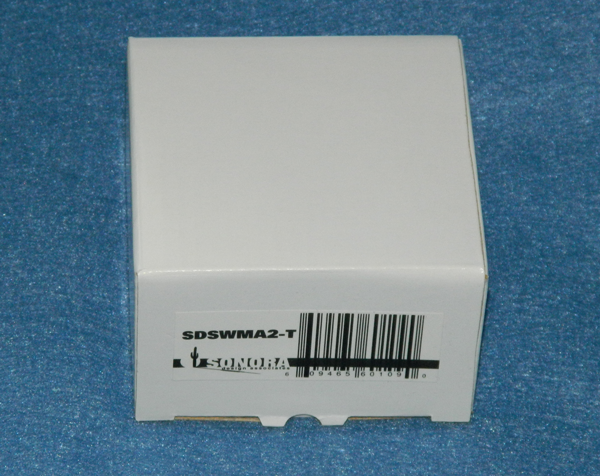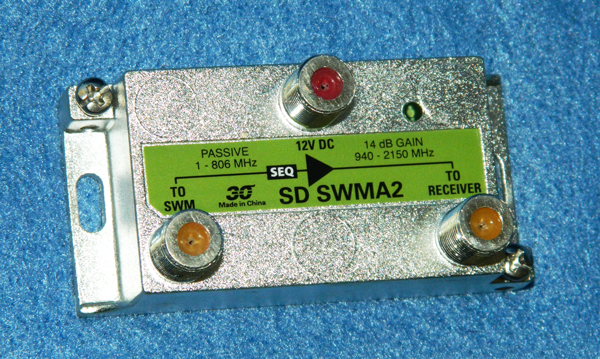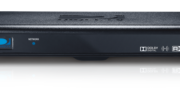You can’t always get what you want. That certainly applies to D2 Advantage installations. If you’re a commercial installer, you understand this. The distribution closets aren’t always where you need them to be, and even though you try to keep your home runs short, sometimes… you just can’t.
So what do you do? You can try to find a location for an additional closet, but that’s a lot of hardware especially if you’re just trying to deal with one run. Or, you could add a SWM Amplifier, like the SWM-A2 from Sonora.

The SWM-A2 is designed to provide amplification between the SWM and the entry to the residence. The SWM itself generally puts about -25dBm from its output ports, and the goal is to keep signal loss to where you are at -45dBm at the residence entry. If you need an extra push, you can put this amplifier in line and it will give you the extra power you need. It’s no bigger than a 1×2 green label splitter and can be ordered with its own 12v power inserter.

The power inserter cord is fairly short but you have your choice of running an AC extension cord or using a short coax run to extend it. Either is fine. The 12-volt wall wart is small enough that it won’t take up multiple slots on an average power strip, so that’s not going to be a problem. Ideally you can put this in place between the SWM output and the first splitter, if you believe that the power will be under -25dBm when it gets to the receiver. Otherwise, it can go in place between one output from the splitter and the problem run.
To connect the SWM-A2, attach a cable to “TO SWM” coming from the multiswitch, and attach the home run cable to “TO RECEIVER.” Power the amplifier through the top connector marked “12VDC.” Yes, it’s that easy.
What it does:
The SWM-A2 provides amplification specifically in the 940-2150MHz range used by the SWM. It lets Connected Home signals pass but does not amplify them. Most amplifiers are designed to handle the lower ranges used by over-the-air or legacy satellite connectors and do not provide the efficient, effective amplification that the SWM-A2 does at SWM frequencies.
We tested the SWM-A2 by attenuating the satellite signal down using splitters and long cable runs. By combining these loss-inducing elements, we were able to drop the signal down to -69dBm. At this point, a receiver attached to the line did work for live TV but both the system test and install verification failed, and EIV failed on the AIM meter.
At this point the SWM-A2 was placed between the first splitter and the long cable run. The result at the receiver was -49dBm, which is low but acceptable. The receiver system test and install verification both passed, and EIV passed on the AIM meter.
The SWM-A2 is expected to be inexpensive; pricing is yet to be determined but it should be around the same price as other Sonora single-line amps. It might be worthwhile for a commercial installer to have a few of these on hand for when very long signal runs are unavoidable. It should be possible to provide enough signal for a 300′ or longer run.





